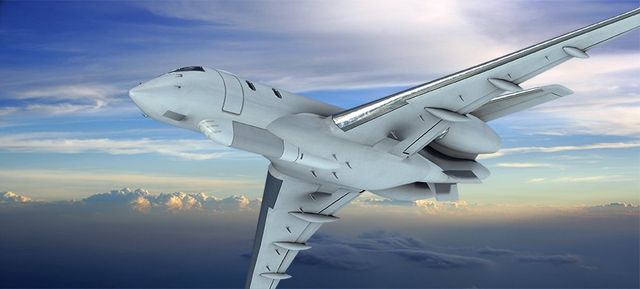- Reaction score
- 146
- Points
- 710
At AvWeek:
Earlier:
Mark
Ottawa
Boeing, Gulfstream, Bombardier Angle For USAF Special-Mission Work
As aircraft manufacturers line up to replace the U.S. Air Force’s radar-carrying Northrop Grumman E-8C Joint Surveillance Target Attack Radar System (J-Stars) fleet, Boeing, Gulfstream and Bombardier have begun jostling for other pending special-mission aircraft programs. The Boeing airliner-based RC-135 Rivet Joint signals-intelligence aircraft, E-3 Airborne Warning And Control System (AWACS) and EC-130H Compass Call electronic attack turboprop are all nearing their expiration dates, and the service wants nimbler business jets in their stead.
The Rivet Joint and E-3 AWACS were introduced as niche capabilities during the Cold War in 1964 and 1978, respectively. Compass Call is a spring chicken compared to those aircraft, having been introduced in 1983, but operational requirements and a new mission package called Baseline 3 demand a higher-altitude, higher-speed aircraft rather than another turboprop, such as the C-130J Super Hercules.
U.S. Air Force Compass Call Highlights
Air Force sought to sole-source Compass Call to General Dyanmics-owned Gulfstream
Bombardier and lawmakers are pressing for a competition
Compass Call vendor might gain advantage for next-generation J-Stars, Rivet Joint and AWACS competitions
This month, the Air Force announced a Rivet Joint-focused Enterprise Capability Collaboration Team that will help it decide what type of capability should succeed the RC-135. Meanwhile, Air Combat Command (ACC) has begun refining its requirements for a future airborne early warning aircraft. And Compass Call has leapfrogged the J-Stars recapitalization program as an urgent operational need. The Air Force is seeking one new aircraft per year over the next decade. Sensing that the Compass Call aircraft could serve as the baseline for other programs, Bombardier and Gulfstream are preparing to battle for the business as Boeing offers its smallest airliner, the 737, which it says can more comfortably accommodate mission specialists and has the space, weight, power and cooling for future growth. Embraer may also submit a bid.
The companies are already teamed for J-Stars, which will carry a radar supplied by either Raytheon or Northrop. The procurement of 17 wide-area surveillance and battle-management aircraft is the centerpiece of the Air Force’s special-mission aircraft ambitions, but it has not issued a request for proposals. Meanwhile, a fight is brewing over Compass Call, which the Air Force had wanted to sole-source to General-Dynamics owned Gulfstream for the EC-37B Conformal Airborne Early Warning (CAEW) type, until Bombardier and U.S. lawmakers intervened [emphasis added].
Industry believes that the vendor the Air Force chooses for Compass Call might gain the upper hand in a competition for next-generation J-Stars, Rivet Joint and AWACS, because it would be naturally easier and cheaper to sustain common fleets.
...Bombardier...says it will offer the Global 6000 for Compass Call...
http://aviationweek.com/electronic-warfare/boeing-gulfstream-bombardier-angle-usaf-special-mission-work
Earlier:
Bombardier Airframe for New USAF ISR Plane? Part 2 [JSTARS replacement]
https://cgai3ds.wordpress.com/2016/03/28/mark-collins-bombardier-airframe-for-new-usaf-isr-plane-part-2/
Mark
Ottawa


